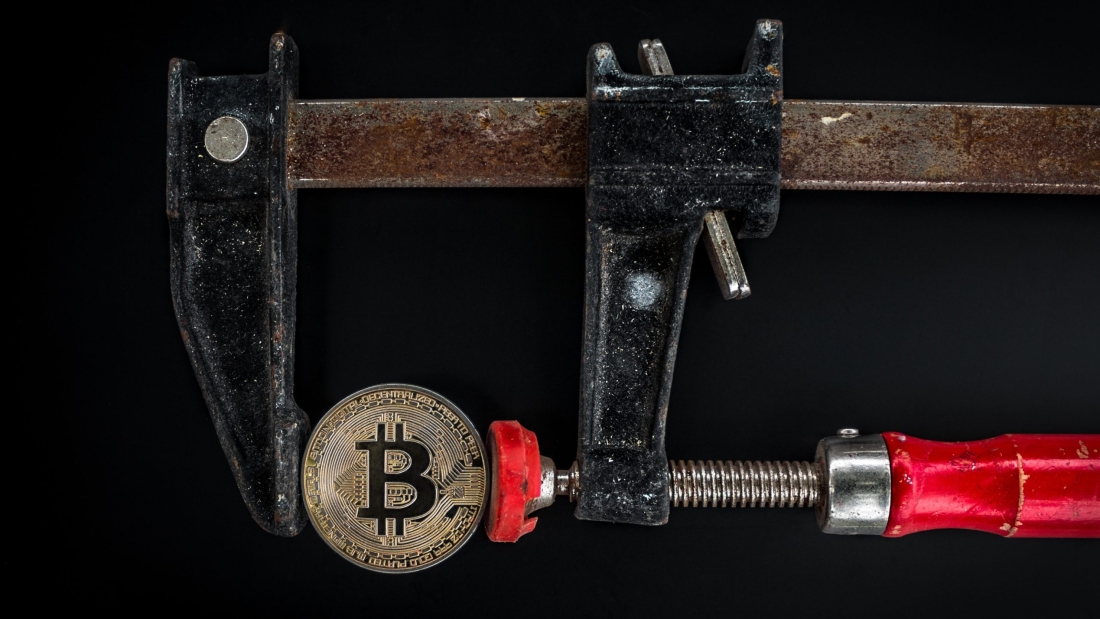Bitcoin halving is an important event that occurs approximately every four years in the Bitcoin network. It is a pre-programmed adjustment to the Bitcoin protocol that reduces the rate at which new Bitcoins are created. The halving is an integral part of Bitcoin’s monetary policy and has significant implications for its supply and inflation rate.
To understand halving, it’s crucial to grasp the concept of Bitcoin mining. Bitcoin mining involves using specialized computer hardware to solve complex mathematical problems, which validates and secures transactions on the Bitcoin network. Miners compete to find the solution, and the successful miner is rewarded with newly minted Bitcoins as an incentive for their computational work.
When Bitcoin was created in 2009, the initial block reward for miners was 50 Bitcoins per block. However, to ensure scarcity and control inflation, the Bitcoin protocol was designed to reduce the block reward by half approximately every 210,000 blocks, which takes roughly four years. This event is known as the Bitcoin halving.
The first halving occurred in 2012, reducing the block reward from 50 to 25 Bitcoins. The second halving took place in 2016, reducing the reward from 25 to 12.5 Bitcoins. The most recent halving occurred in May 2020, bringing the reward down to 6.25 Bitcoins.
The next Bitcoin halving is expected to take place in the year 2024. Based on this pattern, it is anticipated that the next halving will further reduce the block reward to approximately 3.125 Bitcoins per block.
Bitcoin halving is significant for several reasons:
- Controlled Supply: By reducing the block reward, halving ensures a controlled and predictable issuance of new Bitcoins. This design feature makes Bitcoin different from traditional fiat currencies, which can experience unpredictable increases in money supply.
- Scarcity and Deflation: The limited supply of Bitcoin, combined with its increasing demand, creates a scarcity dynamic. As the issuance rate decreases over time, it becomes harder to acquire new Bitcoins. This scarcity, coupled with growing adoption, can potentially drive up the price of Bitcoin.
- Inflation Rate: Halving affects the inflation rate of Bitcoin. In the early years, when the block reward is higher, the inflation rate is also higher. However, as the reward decreases, so does the inflation rate. This makes Bitcoin’s inflation rate disinflationary, and it will eventually reach zero when the maximum supply of 21 million Bitcoins is reached.
- Mining Economics: Halving affects the economics of Bitcoin mining. With the reduction in block rewards, miners receive fewer new Bitcoins for their efforts. This places pressure on miners to improve their efficiency, reduce costs, and rely more on transaction fees to sustain their operations.
- Market Speculation: Bitcoin halving often generates anticipation and speculation in the market. Some investors believe that the reduction in the issuance rate will lead to a price increase due to increased scarcity. This anticipation can contribute to significant price volatility before and after the halving event.
Many have studied these cycles and there is a lot of evidence that correlates these Bitcoin cycles to price action movements. While this is not financial advice the patterns are very evident to those paying attention. The chart below is a log scaled circular graph of the price of Bitcoin broken up into quarters by months. Notice how the bottoms and tops all occur with in the same quarters of the chart.
For more analysis on large Bitcoin data models, enjoy the video below.




Leave A Comment